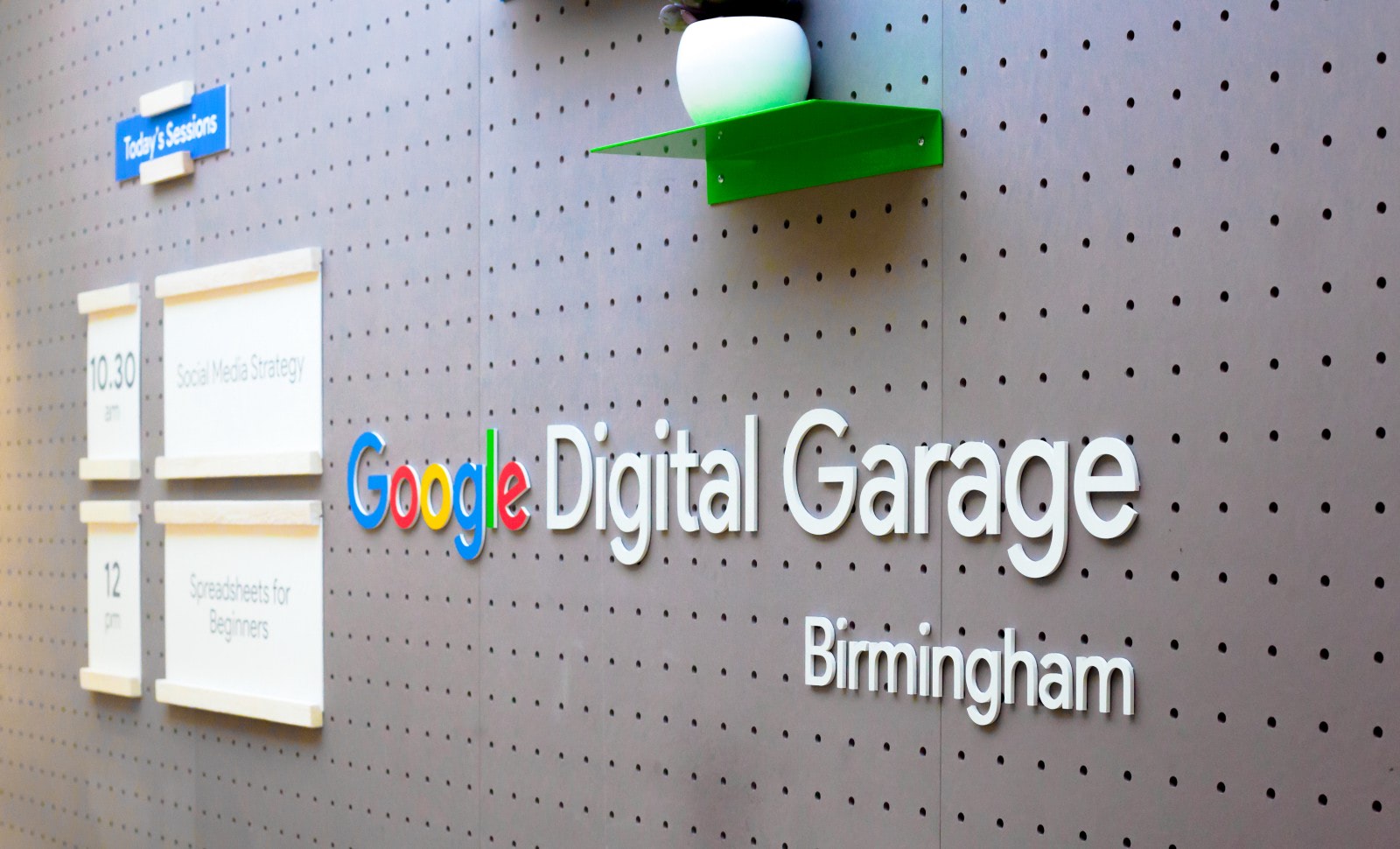2am. If your College isn’t open, it should be. Why we’re all about to take an online lesson.

I once heard a professional sports player being interviewed and describing the secret of their success. They said they never ran to where the ball was, they ran to where it was going to be.
In a rapidly changing world education must do the same. In the digital age students are not inclined to spend time and money travelling to a cold room at an inconvenient time to sit on uncomfortable seats to get something they can access more easily, and better, in a different way.
However, it’s not all about purely online learning or technology. Rather learning is now taking place face to face but in different places, and it has profound implications for our world of education.
David Price OBE covers this perfectly in his brilliant book ‘Open’ which provides the best insights I have read on how we will live, work and learn in the future.
I was recently in the city of Birmingham where I took the opportunity to pop into the Google Digital Garage. It was fascinating. The initiative was launched by Google back in 2015 with the ambition to train over 200,000 British businesses and is part of Google’s wider commitment to train one million Europeans in digital skills.
I was thrilled to see the Digital Garage was busy with adults receiving instruction from Google staff on subject areas including how to build a website whilst another adult learner was exploring how to build an online profile.

Google are not the only big business showing the way. Barclays with their ‘Digital Eagles’ programme are also pioneering new ways to bring accessible digital literacy skills to the communities they serve and with equal commitment and flair.
My contention is that Colleges can learn from the approach of their commercial sector partners and in doing so transform the life chances of the communities they serve in new ways. Let’s explore an actual example of how this can be done.
Going to where the learner is.
I was recently involved in exploring how to find a solution for a College facing a shortfall in adult funding. A number of options were explored but remembering the sports quote about going to where the ball was going to be, the same approach was taken.
The proposition was simple. No need to travel into College to take the course, take it from your own home and we provide remote support and guidance. However if you want to come and see us that’s also great. The same proposal was provided to commercial partners.
Within two weeks we were well on our way to solving that issue and I suspect over the following weeks it went on to far exceed all expectations. It was a great example of the power of aligning what you do to market forces, or to put it simply in this case just going to where the learner is rather than expecting it to work the other way.
In the digital age, the old way of doing things just won’t work. If your student numbers and budgets are going up and all key business metrics are heading in the right direction you probably don’t need to be concerned about this, but that is probably not the situation of most UK public sector Colleges right now.
The reality of things.

Nevermind the internet of things, for busy adult learners with complex life commitments a proposition that requires them to attend a College several times in the evening for many is just not an option. It’s process driven, not market-led.
So why do so many Colleges operate this way?
The truth is the legacy of the past and the ‘as is’ way of doing things. This is not a criticism. We all fall into patterns of behaviour and ways of thinking to different levels no matter how innovative we might think we are. If you doubt that, ask yourself which side of the bed you sleep on and why.
This approach will not create Colleges sustainable for the future. Learning at any time, in any place on any device is now. The future of education is where the learner, not the College is.
Just take a look at what Google and Barclays are doing. Colleges would be wise to learn from their approach or face endless meetings about declining budgets.
Kristen Betts of Drexel University in her paper ‘The growth of online learning: How universities must adjust to the new norm’ noted that ‘increasingly students enrolled in on-campus programs are also registering for hybrid to fully online courses throughout their enrollment’.
Additionally OrbisResearch has published the ‘Global E-Learning Market Research Report and Forecast to 2017-2022’ noting that the ‘value’ of online learning will soar from $165.21 billion in 2015 to $275.10 billion by 2022. There’s a reason for that.
Much of this growth is being driven by a need for greater flexibility in learning patterns, changing perceptions of risk associated with investment in education, rising costs, accessibility and improvements to the whole online learning experience. Online courses when well designed have now moved on from what was once the digital equivalent of Siberia to something more engaging, friendly and accessible.
As author Donna J Abernathy has noted ‘Online learning is not the next big thing, it is the now big thing’.
Technology and the pencil.

I have often been challenged to explain how technology improves educational outcomes and I carry a pencil for such moments. I hand it to the person making this point and ask them the same question but in regard to how the pencil achieves the same outcome. My contention is this.
Technology is not a solution to better learning anymore than a pencil. It’s what you do with it that matters.
Both are tools that in the hands of a master teacher could achieve outstanding outcomes in specific contexts.
The debate about technology needs to move from noise and distraction created by those keen to hang onto the dogma of the past to one focused on how we make education better for a wider population of people, many of whom are currently excluded due to disadvantage.
Technology as a tool can make a critical difference in this regard by extending the reach, access, and suitability of the learning. It can remove the cost of travelling as a barrier, and it can provide a safe and secure learning space where for some participation is easier.
Many years ago I undertook a research project with IBM called ‘Classroom in the Cloud’ the findings of which were subsequently published in the International Journal of Cloud Computing. One of our key findings I have never forgotten. We discovered that for many learners an online learning space was a more comfortable place to ask questions as opposed to a physical room filled with thirty or so fellow students.
Saying ‘I don’t understand’ in an online space seemed easier and safer to the students in the study. A traditional classroom or lecture theatre might be great for some students, or a place of anxiety for others. Education should adapt to the learner, not the other way round.
As author and internationally recognised education leader Heidi-Hayes Jacobs has observed “Teachers need to integrate technology seamlessly into the curriculum instead of viewing it as an add-on, an afterthought, or an event”. Indeed they do and when this is done intelligently and for all the right reasons, it can make a huge difference.
Digital can enable social mobility.
Recently I experienced a learner who was at risk of dropping out of a College due to the cost of the bus fare. In this particular case the learner was able to take the class at home via content uploaded to Google Classroom, an online learning tool that Google provide for free to anyone in education. It also works on any device so the learner was able to access content, participate and complete their work from home.
For anyone seeking more regulated endorsement of the difference this technology can make I would point you towards the latest Ofsted inspection report for Leeds City College in the UK, a bold and progressive centre of learning excellence at the vanguard of technology enabled learning.
Ofsted specifically reference their ‘innovative digital platforms’ and the difference it has made to independent learning noting “Teachers use innovative digitally enhanced learning to enable students to make good progress in and out of the classroom. Students frequently access online learning platforms from home and in the college’s network of independent learning zones.”
The use of analytics with a tool such as Google G-Suite enables educators to identify and tailor personalised learning patterns. From personal experience I have noted from the application of learning analytics that many students prefer to learn late at night, selecting to study often around midnight.
Incidentally retailers, applying the same technology and insights gained, know that between midnight and 2am over the weekend is when most speculative purchases are made. It seems that whilst many may select to study at those times, we don’t always make our best buying decisions that way.
The key point is that learning is now happening in personal spaces tailored to the student and in a way that suits them, on a device that suits them. As education technology expert Elliot Masie has noted ‘We need to bring the learning to people instead of people to learning’. One of the best insights I have read recently on this area was the paper ‘How We Learn Best’ in Psychology Today where Matthew J Edlund MD commented that “Since learning nests within other learning, we learn better moving between different contexts and environments”.
Taking the work of Matthew J Edlund MD further it’s not difficult to start to appreciate why highly structured and linear learning models might work for the few, but not the many. In the digital age learning needs to go to where the student wishes to learn, and that may be 2am on a Saturday morning on their Chromebook from their home in an environment of what Matthew J Edlund MD would call ‘relaxed concentration’.
If your organisation cannot deliver that, don’t be surprised when you lose the students to one who can.
Jamie E Smith, Executive Chairman, C-Learning











Responses